For many nature enthusiasts, setting up bird feeders provides joy, connection with wildlife, and a chance to observe fascinating avian behaviors up close. However, controversy exists around whether feeding wild birds throughout the year is beneficial or potentially harmful to their natural behaviors and ecosystems. Traditional wisdom suggests that winter feeding helps birds survive harsh conditions, but what about the warmer months when natural food is abundant? This comprehensive exploration delves into the science, benefits, challenges, and best practices of year-round bird feeding, helping you make informed decisions about this popular pastime.
The Natural Diet of Wild Birds

In their natural habitats, birds consume a diverse diet that changes with the seasons. During spring and summer, most species rely heavily on insects, spiders, and other invertebrates, especially when raising young, as these protein-rich foods are essential for nestling development. Fall brings a bounty of seeds, berries, and fruits that help birds build fat reserves for winter or migration. Winter naturally limits food availability, with surviving birds focusing on remaining seeds, dormant insects, and persistent fruits. Understanding this seasonal variation is crucial because supplemental feeding impacts birds differently depending on the time of year and their natural dietary patterns. Most birds receive only a portion of their nutrition from feeders, continuing to forage widely even when supplemental food is available.
Winter Feeding Benefits and Considerations
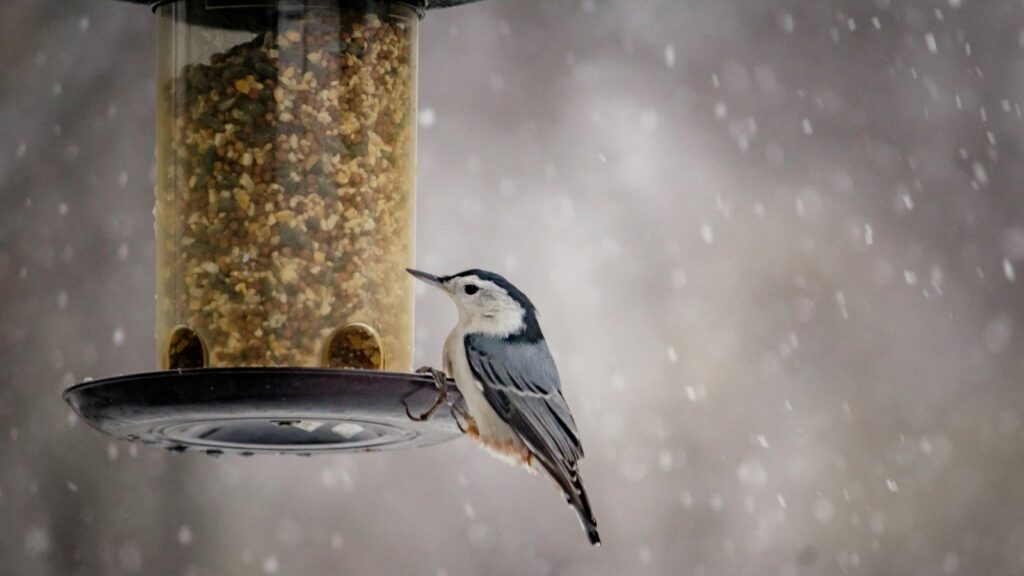
Winter bird feeding has the clearest and most direct benefits for bird populations. During cold months, natural food sources become scarce while birds require more calories to maintain body temperature and survive harsh conditions. Research shows that consistent winter feeding can improve survival rates, particularly during severe weather events when natural foraging becomes challenging or impossible. Species like chickadees, nuthatches, and cardinals benefit significantly from winter feeding stations, gaining crucial energy resources. However, even winter feeding carries responsibilities, including maintaining clean feeders to prevent disease spread and ensuring consistent food availability once birds come to depend on your offerings. Studies indicate that birds that regularly visit feeders in winter may maintain better body condition than those without access to supplemental food.
Summer Feeding Controversies
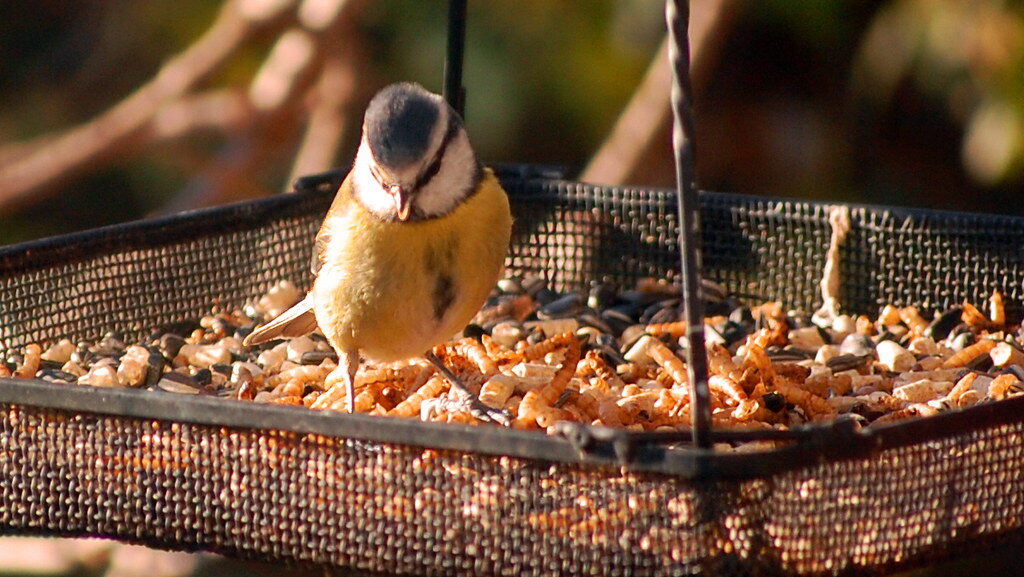
Feeding birds during summer months sparks more debate among ornithologists and wildlife experts. Critics argue that summer feeding can create unhealthy dependencies when natural food is abundant, potentially disrupting natural foraging behaviors. Some research suggests that summer feeding may lead to higher concentrations of birds in particular areas, potentially increasing disease transmission risks or attracting predators. Additionally, parents may bring easily accessible but nutritionally inadequate feeder foods to nestlings instead of the protein-rich insects they need for proper development. However, supporters point out that summer feeding can help birds during temporary natural food shortages, extreme heat events, or drought periods when water and food may be less available than expected. The debate continues as researchers work to understand long-term impacts of year-round feeding on different species.
Impact on Migration Patterns
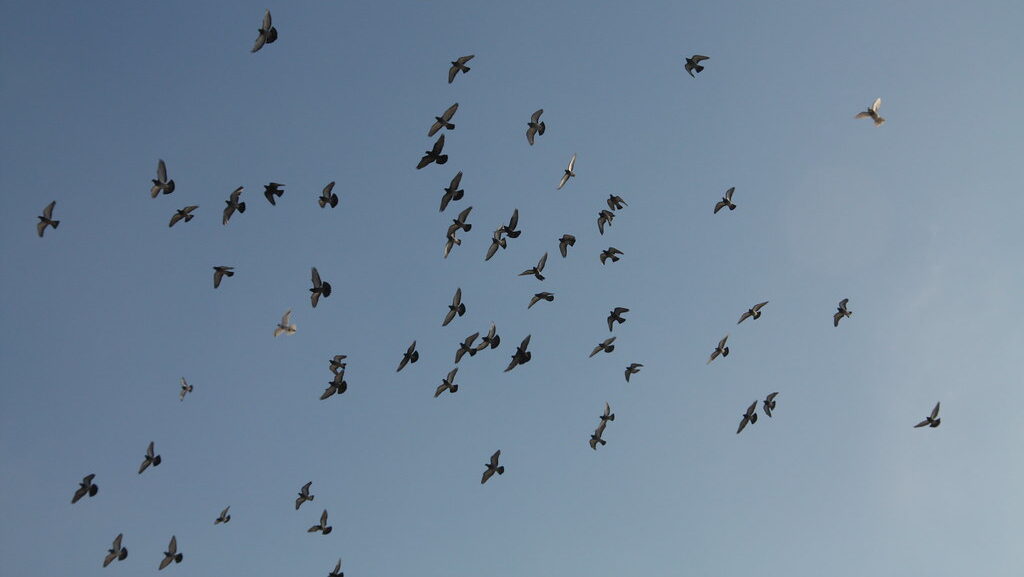
One persistent concern about year-round feeding involves its potential effect on migration patterns. Traditionally, many species migrate based on day length changes and innate biological programming rather than food availability alone. However, some research suggests that reliable food sources might influence certain species’ migratory decisions, potentially causing some individuals to remain in areas they would typically leave during harsh seasons. This altered behavior could expose birds to conditions they’re not fully adapted to survive, even with supplemental feeding. Species like hummingbirds, certain warblers, and some waterfowl show the most sensitivity to feeding-related migration changes. Long-term studies continue to monitor these effects, though experts generally agree that the strongest migratory instincts remain intact despite supplemental feeding influences.
Disease Transmission Concerns

Perhaps the most significant risk of bird feeding in any season is the potential for disease transmission. When multiple birds gather at feeders, pathogens can spread rapidly through direct contact, shared food, or contaminated surfaces. Diseases like avian conjunctivitis, salmonellosis, and aspergillosis can devastate local bird populations if feeders become infection hotspots. This risk increases during warmer months when bacteria and fungi multiply more rapidly on uneaten seeds and droppings. Regular cleaning becomes even more crucial during spring and summer, with experts recommending a thorough disinfection of feeders every 1-2 weeks using a 10% bleach solution. Some regions have even seen temporary feeding bans during disease outbreaks, highlighting the importance of responsible management practices to prevent turning a well-intentioned activity into an ecological problem.
Ecological Impact on Local Environments

Bird feeding creates microenvironments that affect more than just the birds themselves. The concentration of birds at feeding stations changes local insect populations, seed dispersal patterns, and even plant growth through increased droppings and fertilization. These changes ripple through ecosystems in complex ways that scientists are still studying. For example, areas with heavy bird feeding might see altered vegetation patterns as birds disperse certain seeds more effectively or consume more seed predators like insects. Additionally, fallen seeds can attract rodents and other small mammals, creating secondary ecological effects. Some studies suggest that consistent feeding can support higher densities of certain bird species than the environment would naturally sustain, potentially altering local biodiversity patterns over time.
Nutrition and Food Selection Guidelines
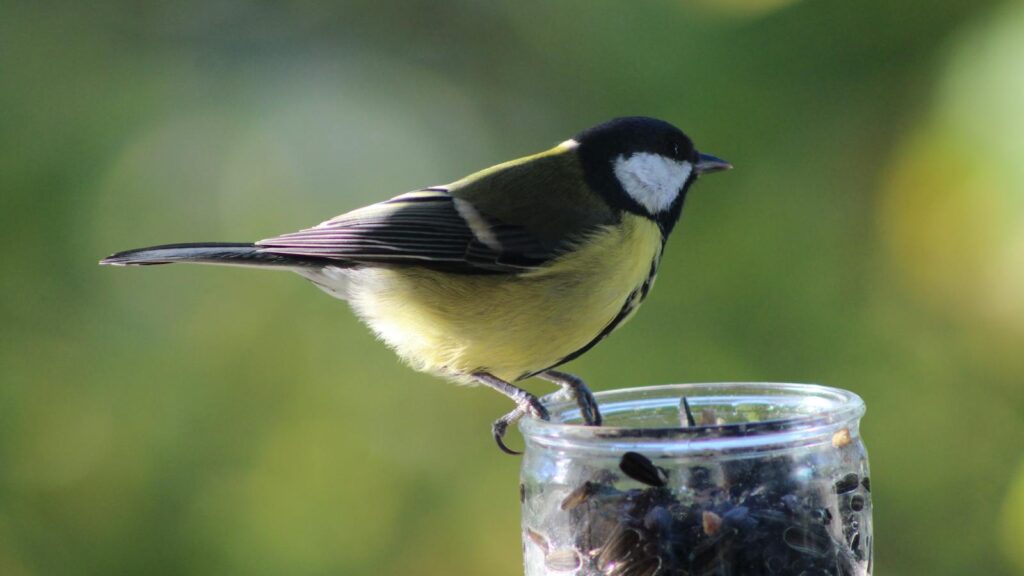
Providing appropriate nutrition remains crucial for year-round feeding. High-quality seed mixes without fillers like milo or wheat are generally best, with black oil sunflower seeds offering excellent nutritional value for many species. During breeding season (spring and summer), many birds benefit from higher protein options like mealworms, suet with insects, or specialized nestling blends. Fall feeding should focus on high-fat foods that help birds prepare for winter or migration. Sugar water for hummingbirds should be mixed at a 1:4 ratio (one part sugar to four parts water) and changed every 1-3 days depending on temperature to prevent fermentation or mold growth. Avoiding artificially colored foods, honey (which can cause fungal infections), and low-quality fillers will ensure you’re supporting rather than harming your feathered visitors regardless of season.
Best Practices for Year-Round Feeding
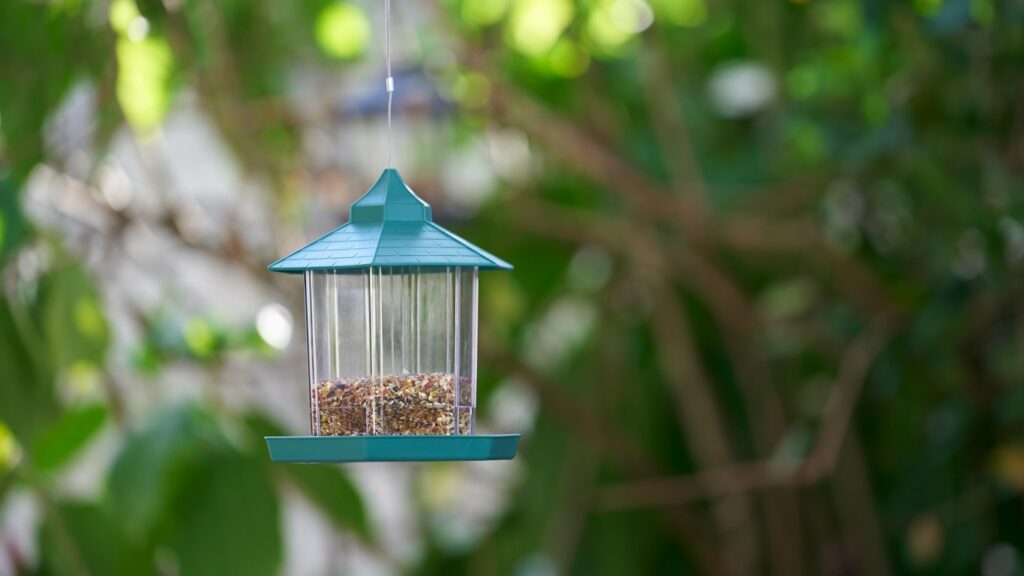
If you choose to feed birds throughout the year, following evidence-based best practices minimizes potential harm while maximizing benefits. First, maintain impeccable cleaner standards by regularly washing and disinfecting feeders, especially during warm, humid periods when disease risks increase. Second, position feeders properly—near protective cover for quick escape from predators, but not so close that ambush predators can hide. Third, develop a consistent feeding schedule that birds can rely on, as sudden cessation can impact dependent populations. Fourth, provide multiple feeding stations spread across your property to reduce competition and prevent dominant species from monopolizing resources. Finally, supplement feeding stations with natural food sources by landscaping with native plants that produce seeds, berries, or attract insects, creating a more balanced ecosystem support system rather than purely artificial feeding.
Different Species, Different Needs
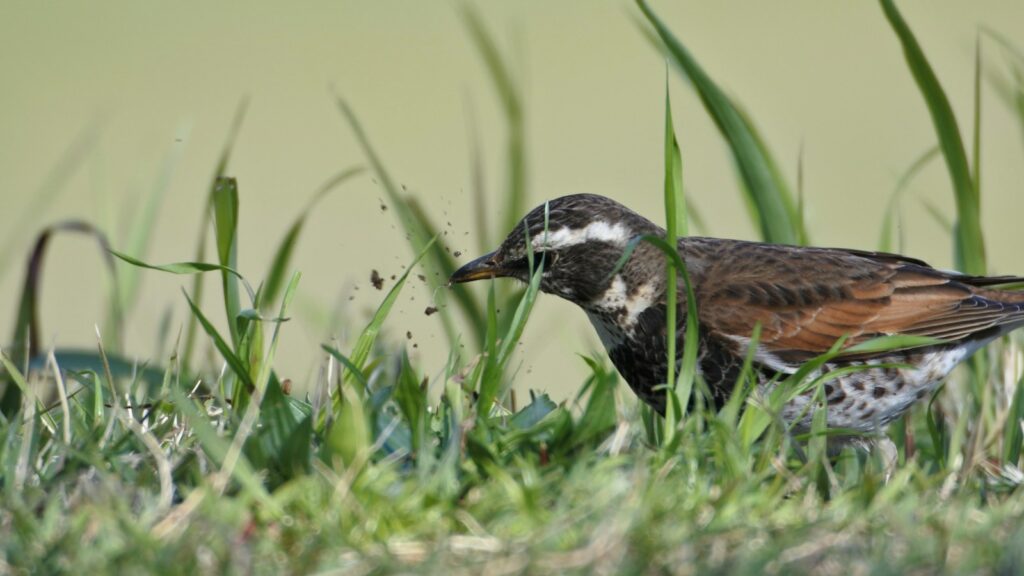
Bird species vary dramatically in their feeding preferences, behaviors, and dependency on supplemental food. Ground-feeding species like mourning doves, juncos, and towhees prefer platform feeders or scattered seed, while chickadees, titmice, and nuthatches readily use hanging feeders. Woodpeckers, jays, and larger birds often prefer suet or nuts from specialized feeders. Understanding these preferences helps create targeted feeding strategies that support diversity. Migratory species may only use your feeders seasonally, while resident birds might develop year-round relationships with your feeding stations. Some species, particularly insectivores like warblers, rarely visit traditional seed feeders regardless of season. This variation means that a one-size-fits-all approach to feeding is less effective than diversified offerings that meet different ecological niches and feeding behaviors.
Regional Considerations for Bird Feeding
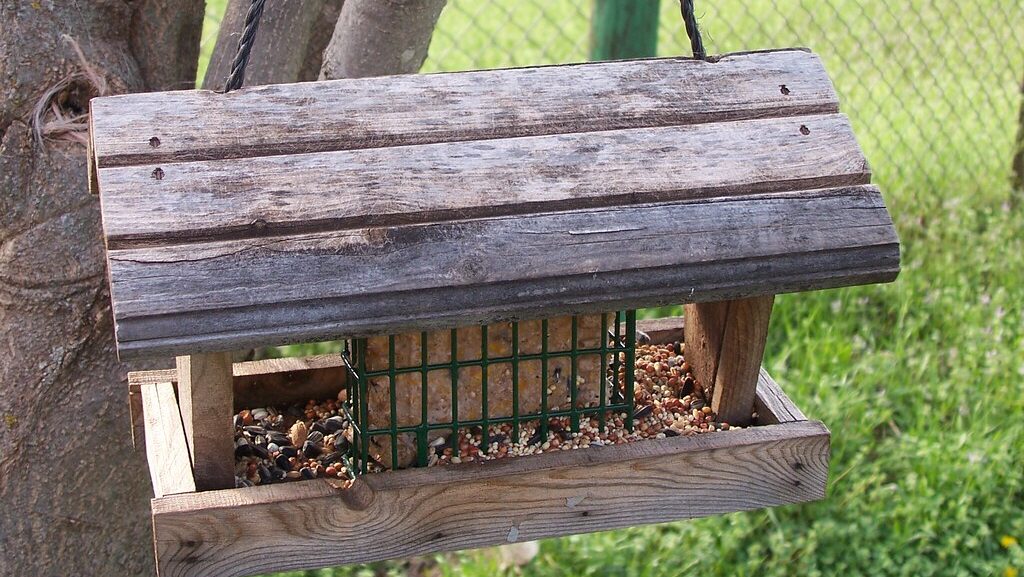
Effective bird feeding practices vary significantly by geographic region, climate, and local bird populations. In northern regions with harsh winters, high-calorie offerings like suet, peanuts, and black oil sunflower seeds provide crucial energy during frigid months, while summer feeding might focus more on smaller seeds and fruit. Southern regions might emphasize consistent water sources alongside food during hot summers when dehydration threatens birds. Coastal areas often attract different species than inland locations, requiring adapted feeding strategies. Local conservation organizations and bird clubs usually offer region-specific guidance on appropriate feeding practices, timing, and species support. Additionally, understanding your region’s native birds helps target your feeding program to support local populations rather than potentially problematic introduced species.
Complementary Conservation Practices
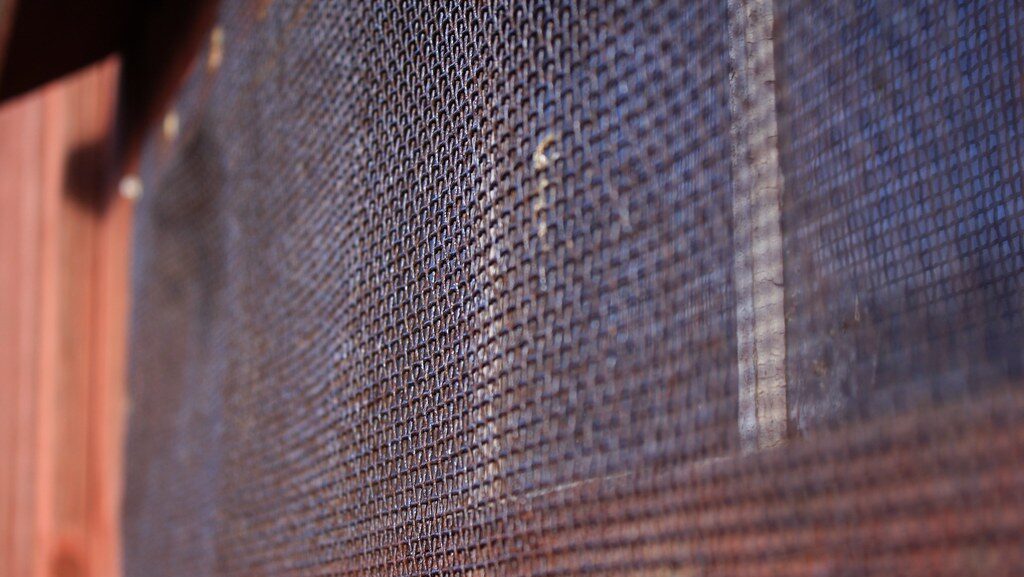
Responsible bird feeding works best as part of broader bird conservation efforts rather than an isolated activity. Creating bird-friendly landscaping with native plants provides natural food sources, nesting sites, and shelter that feeders alone cannot offer. Reducing window collisions through decals, screens, or other visual barriers prevents one of the leading human-caused bird mortality factors. Keeping cats indoors protects birds from predation, as domestic cats kill billions of birds annually in the United States alone. Minimizing pesticide use preserves the insect populations that most birds rely on, especially during breeding season. These complementary practices create a holistic approach to bird conservation that addresses multiple needs beyond simple feeding and helps mitigate any potential negative effects of supplemental feeding programs.
Citizen Science Opportunities
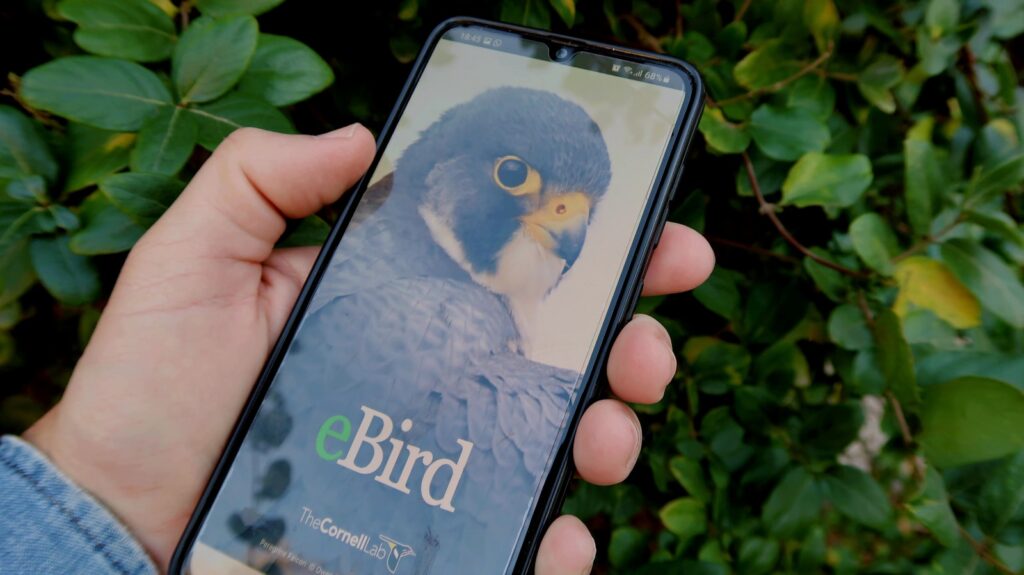
Bird feeding creates excellent opportunities to contribute to scientific understanding through citizen science programs. Projects like the Cornell Lab of Ornithology’s FeederWatch, the Great Backyard Bird Count, and various local monitoring initiatives use data from backyard bird enthusiasts to track population trends, migration patterns, and species distribution changes. Participating in these programs transforms recreational bird feeding into valuable scientific contribution while providing feedback on how feeding practices affect local bird populations. Many participants report deeper engagement with conservation after seeing how their observations contribute to larger scientific understanding. These programs often provide guidance on proper feeding techniques while collecting crucial data that helps researchers understand the complex relationships between human activities and bird populations across continental scales.
Finding Balance in Bird Feeding Practices

The most sustainable approach to bird feeding finds balance between human enjoyment and avian welfare. This means acknowledging that while feeding can provide benefits, it should supplement rather than replace natural foraging. Periods of reduced feeding during peak natural abundance can encourage birds to maintain their foraging skills and diverse diets. Some experts recommend a pulsed approach—feeding heavily during stress periods like winter, drought, or extreme weather, then reducing (but not necessarily eliminating) feeding during abundance periods. Developing feeding practices that mimic natural patterns, with diverse food types offered in ways that require natural feeding behaviors, helps maintain wild behaviors. Ultimately, being attentive to local conditions, bird behavior, and emerging research allows feeders to adapt their practices to create the most beneficial relationship with their avian visitors.
Conclusion

Year-round bird feeding, when approached thoughtfully with evidence-based practices, can provide benefits to both birds and the humans who enjoy them. The key lies in understanding the complex ecological relationships at play, maintaining impeccable hygiene standards, providing appropriate nutrition, and adapting practices seasonally and regionally. Rather than viewing feeding as simply providing food, successful practitioners see it as participating in a ecological relationship that requires responsibility, knowledge, and adaptation. By combining feeding with broader conservation practices and remaining attentive to the latest research, bird enthusiasts can enjoy their feathered visitors while contributing positively to their welfare throughout the changing seasons.
